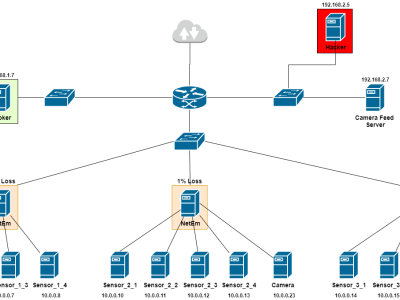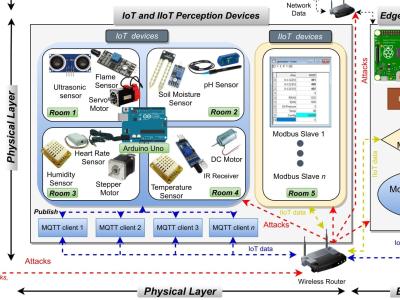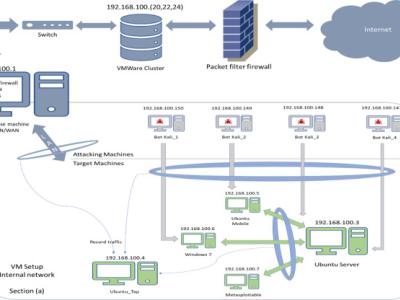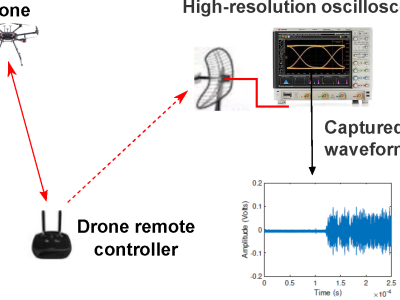Geographic coordinates of farms

- Citation Author(s):
-
Kaiqiang LinMuhammad Asad UllahHirley AlvesKonstantin MikhaylovTong Hao
- Submitted by:
- Kaiqiang Lin
- Last updated:
- DOI:
- 10.21227/mrvj-ay91
- Data Format:
- Research Article Link:
- Links:
 130 views
130 views
- Categories:
- Keywords:
Abstract
Wireless underground sensor networks (WUSNs) promise to deliver substantial social and economic benefits across different verticals. However, many of the relevant application scenarios are located in remote areas with no supporting infrastructure available. To address this challenge, we conceptualize in this study the underground direct-to-satellite (U-DtS) connectivity approach, implying the reception of the signals sent by the underground massive machine-type communication (mMTC) sensors by the gateways operating on the low Earth orbit satellites. We start by discussing the two alternative architectures for enabling such networks and underline their features and limitations. Then, we employ simulations to model a smart-farming application scenario for studying the feasibility and performance of U-DtS mMTC based on LoRaWAN technology, with the focus on the effect of the parameters including the burial depths, soils characteristics, and communication settings. Our results reveal that the LoRa modulation fails to compete with the underground propagation losses and the high packets collision rate. However, the long range-frequency hopping spread spectrum (LR-FHSS) modulation is perspective for U-DtS networks and may enable connectivity for the subsurface nodes located at a depth of several dozens centimeters. Finally, we pinpoint the potential challenges and the research directions for future U-DtS studies.
Instructions:
Wireless underground sensor networks (WUSNs) promise to deliver substantial social and economic benefits across different verticals. However, many of the relevant application scenarios are located in remote areas with no supporting infrastructure available. To address this challenge, we conceptualize in this study the underground direct-to-satellite (U-DtS) connectivity approach, implying the reception of the signals sent by the underground massive machine-type communication (mMTC) sensors by the gateways operating on the low Earth orbit satellites. We start by discussing the two alternative architectures for enabling such networks and underline their features and limitations. Then, we employ simulations to model a smart-farming application scenario for studying the feasibility and performance of U-DtS mMTC based on LoRaWAN technology, with the focus on the effect of the parameters including the burial depths, soils characteristics, and communication settings. Our results reveal that the LoRa modulation fails to compete with the underground propagation losses and the high packets collision rate. However, the long range-frequency hopping spread spectrum (LR-FHSS) modulation is perspective for U-DtS networks and may enable connectivity for the subsurface nodes located at a depth of several dozens centimeters. Finally, we pinpoint the potential challenges and the research directions for future U-DtS studies.







